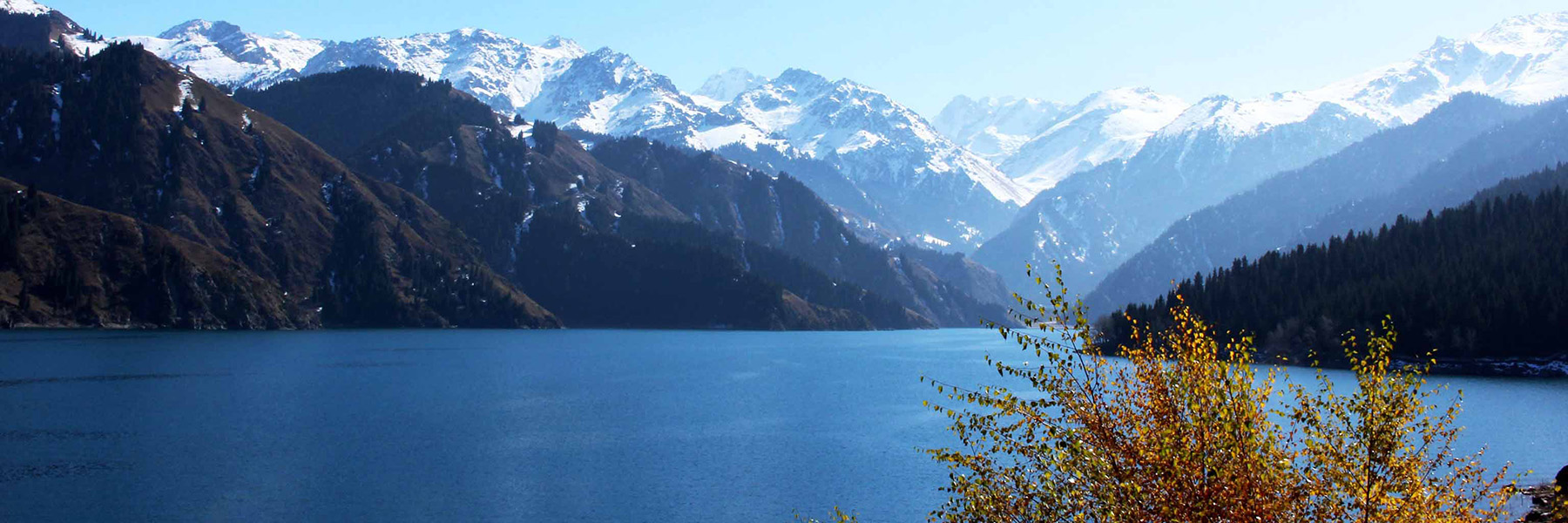Xinjiang Uyghur Autonomous Region
Xinjiang
Capital: Ürümqi
Population: 21,590,000
Languages: Uyghur, Mandarin Chinese
Although historically distinct from China, the Xinjiang Uyghur Autonomous Region (Xinjiang), also known as Eastern Turkestan, comprises approximately one-sixth of the land area of the People’s Republic of China. The region was conquered under the Manchu Qing dynasty, who named the region “New Frontier,” or Xinjiang. After a brief period of independence following the fall of the Qing, the region was reincorporated into the People’s Republic of China. Making up nearly one-quarter of the PRC’s international borderline, Xinjiang borders with Kazakhstan, Kyrygzstan, and Tajikistan to the northwest, Pakistan and India to the southwest, Mongolia to the northeast, Russia to the north, and Afghanistan to the west. The Tian Shan mountain range divides the region into the Dzungarian Basin to the north and the Tarim Basin to the south.
While Xinjiang is an ethnically diverse region, the Turkic Muslim Uyghurs comprise approximately half of the region’s population. Although the Han Chinese are the second largest ethnic group by a large margin, many other ethnic groups, including Kazakhs, Hui, and Manchus, also inhabit the region. Most of the population is concentrated in Dzungaria, especially near the regional capital of Ürümqi, and in the oasis cities along the rim of the Tarim Basin, such as Kashgar and Turpan.
Xinjiang has been a crossroads of Eurasia, linking the great civilizations of India and China to western Eurasia through the Silk Road. The region’s history and future is intimately connected to both East and Central Asia. Today, the region is connected to its Central Asian neighbors through highways and railways. In addition to the region’s strategic importance, it also is economically important. Xinjiang is well known for its fruit exports, including grapes and melons. Additionally, cotton, sugar beets, wheat, silk, and walnuts are cultivated. Sheep are bred both for their meat and their wool. Other industries include textiles, foodstuff processing, leather, paper, sugar, carpets, raw and refined oil, iron and steel, metallurgy, machinery, chemicals, and power generation.


